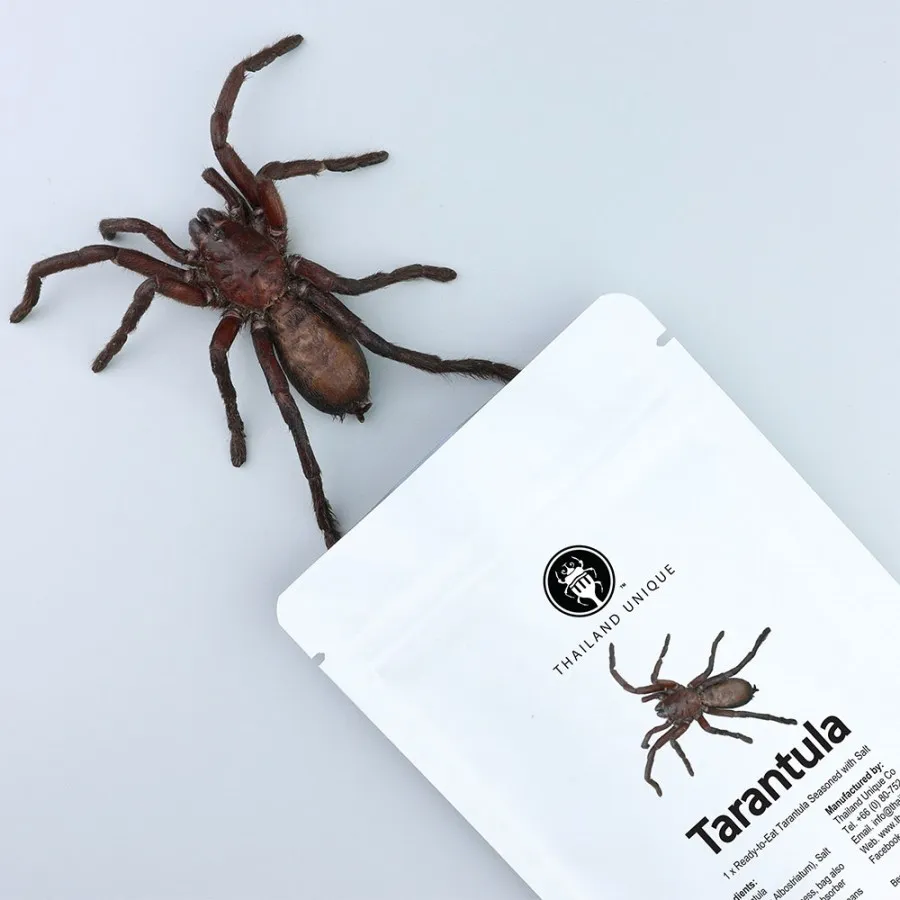Essential Preparation Before Shipping a Tarantula
Shipping a tarantula requires careful planning and execution to ensure the well-being of your eight-legged friend. Tarantulas are delicate creatures, and even a short journey can be stressful. Proper preparation is the cornerstone of a successful shipment, minimizing risks and maximizing the chances of a safe arrival. This includes selecting the right container, choosing appropriate packing materials, and carefully considering the environmental conditions the tarantula will experience during transit. Ignoring these crucial initial steps can lead to serious health issues or, in the worst-case scenario, the loss of your tarantula. Always prioritize the animal’s welfare above all else when preparing for shipment.
Selecting the Right Shipping Container
The shipping container is the tarantula’s temporary home during its journey, making it one of the most critical elements of the shipping process. The container must be sturdy, escape-proof, and provide adequate ventilation. A clear, plastic container with a secure lid is generally recommended, allowing for easy monitoring of the tarantula without opening the container. Avoid using containers with sharp edges or features that could potentially injure the tarantula during transit. The size and design of the container should be appropriate for the tarantula’s size, allowing it enough room to move without being jostled excessively during handling and transport. Consider the material and its ability to withstand temperature fluctuations.
Choosing the Optimal Container Size

Choosing the right size container is key. The container should be large enough to accommodate the tarantula comfortably, but not so large that the tarantula is tossed around during shipping. A general rule of thumb is to provide a space that is roughly twice the tarantula’s leg span in each direction. This allows the tarantula to move around a little without risking injury. For smaller tarantulas, a deli cup with ventilation holes can suffice, while larger specimens will need a more spacious container. Consider the tarantula’s arboreal or terrestrial nature when selecting the container size, ensuring sufficient vertical or horizontal space as needed.
Container Ventilation and Security
Proper ventilation is vital to ensure the tarantula has enough fresh air during shipping. The container should have multiple ventilation holes, ideally on the sides and top, to allow for airflow. Ensure that these holes are small enough to prevent the tarantula from escaping but large enough to provide adequate ventilation. The lid must be securely fastened to prevent accidental openings during handling and transport. Test the lid before shipping to ensure it’s tightly sealed. Tape the lid to the container to provide an extra layer of security. This is especially important for larger or more active tarantulas that might try to escape during transit. Inspect the ventilation holes regularly to make sure they are not blocked.
Packing Materials for a Safe Journey
The packing materials you choose play a significant role in protecting the tarantula during shipping. They should provide cushioning to absorb shocks and vibrations. Sphagnum moss or paper towels are excellent choices for providing a soft, safe environment. Avoid using materials that could potentially harm the tarantula, such as sharp objects or materials that could release harmful chemicals. The goal is to create a stable and comfortable environment. The packing material should be non-toxic, absorbent, and provide some insulation against temperature fluctuations. The use of a small, secure container inside the larger shipping box can further enhance protection.
Substrate and Moisture Management
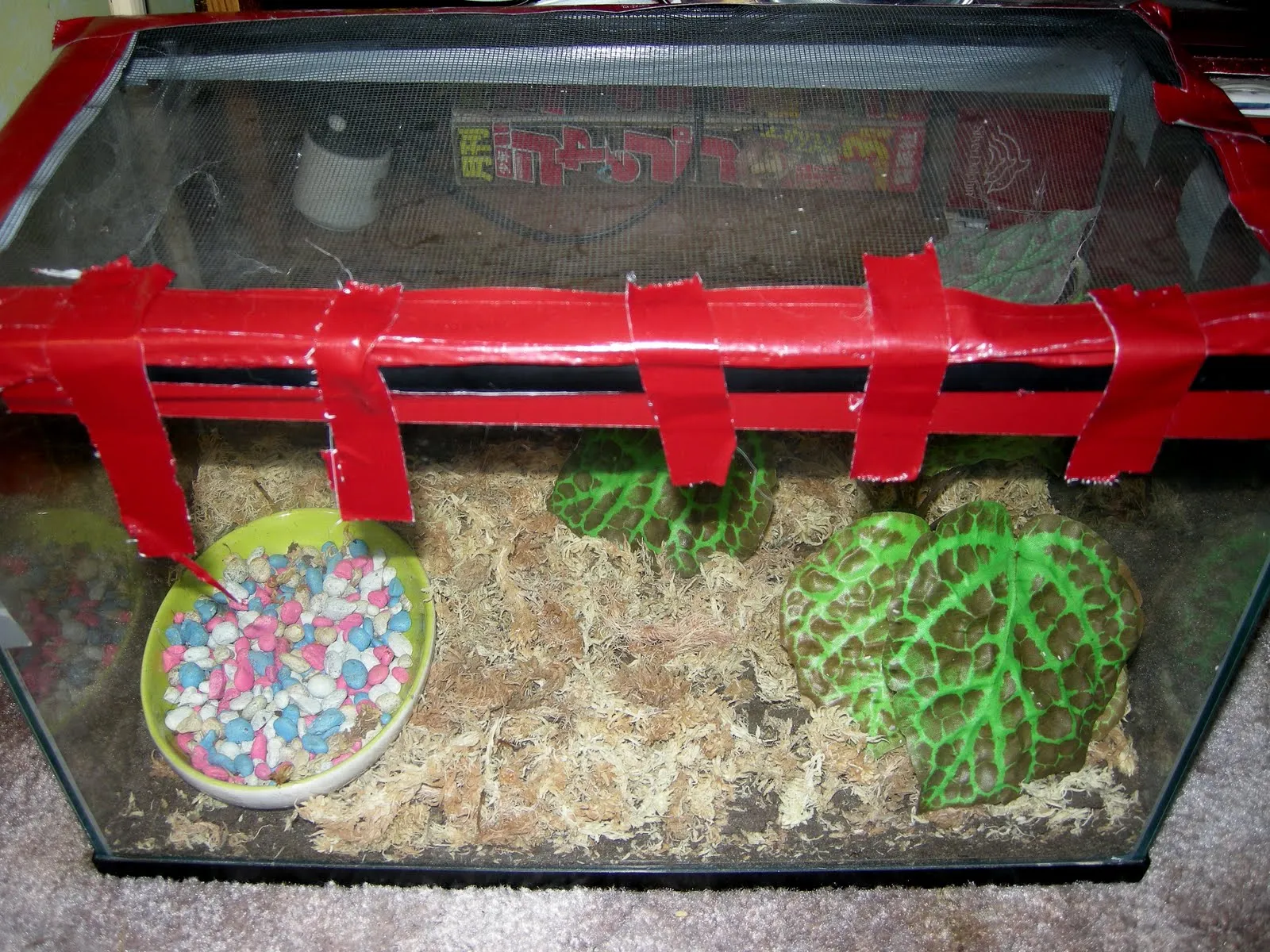
Maintaining appropriate humidity is crucial. Adding a small amount of slightly moistened substrate like coco fiber or sphagnum moss is generally recommended. This substrate will provide a source of moisture and help the tarantula maintain its hydration levels during the journey. However, be careful not to oversaturate the substrate, as excessive moisture can lead to mold growth or other complications. Monitor the tarantula closely for signs of dehydration or over-hydration. The amount of moisture needed will vary depending on the species, the length of the journey, and the environmental conditions.
Temperature Control Measures
Tarantulas are sensitive to temperature fluctuations, so it’s essential to take measures to regulate the temperature inside the shipping container. Avoid shipping during extreme weather conditions. Consider using insulated shipping containers to help maintain a stable temperature. The use of heat packs or cold packs, depending on the climate, can be necessary, but these must be used with extreme caution to avoid overheating or chilling the tarantula. Always monitor the internal temperature during the shipping process. Ensure that any heat or cold packs are securely wrapped to prevent direct contact with the tarantula.
Shipping Labeling and Instructions
Clear and accurate labeling is essential for safe and successful shipping. This includes providing the correct address, contact information, and any special handling instructions. The shipping label should clearly indicate that the package contains live animals and should be handled with care. Indicate ‘Fragile’ and ‘Live Animal’ on the label. Include the sender’s and recipient’s names, addresses, and phone numbers. Consider using a ‘This Side Up’ label to indicate the correct orientation of the package during transit. The label should be easy to read and securely attached to the container to prevent it from falling off during shipping.
Clear and Accurate Labeling
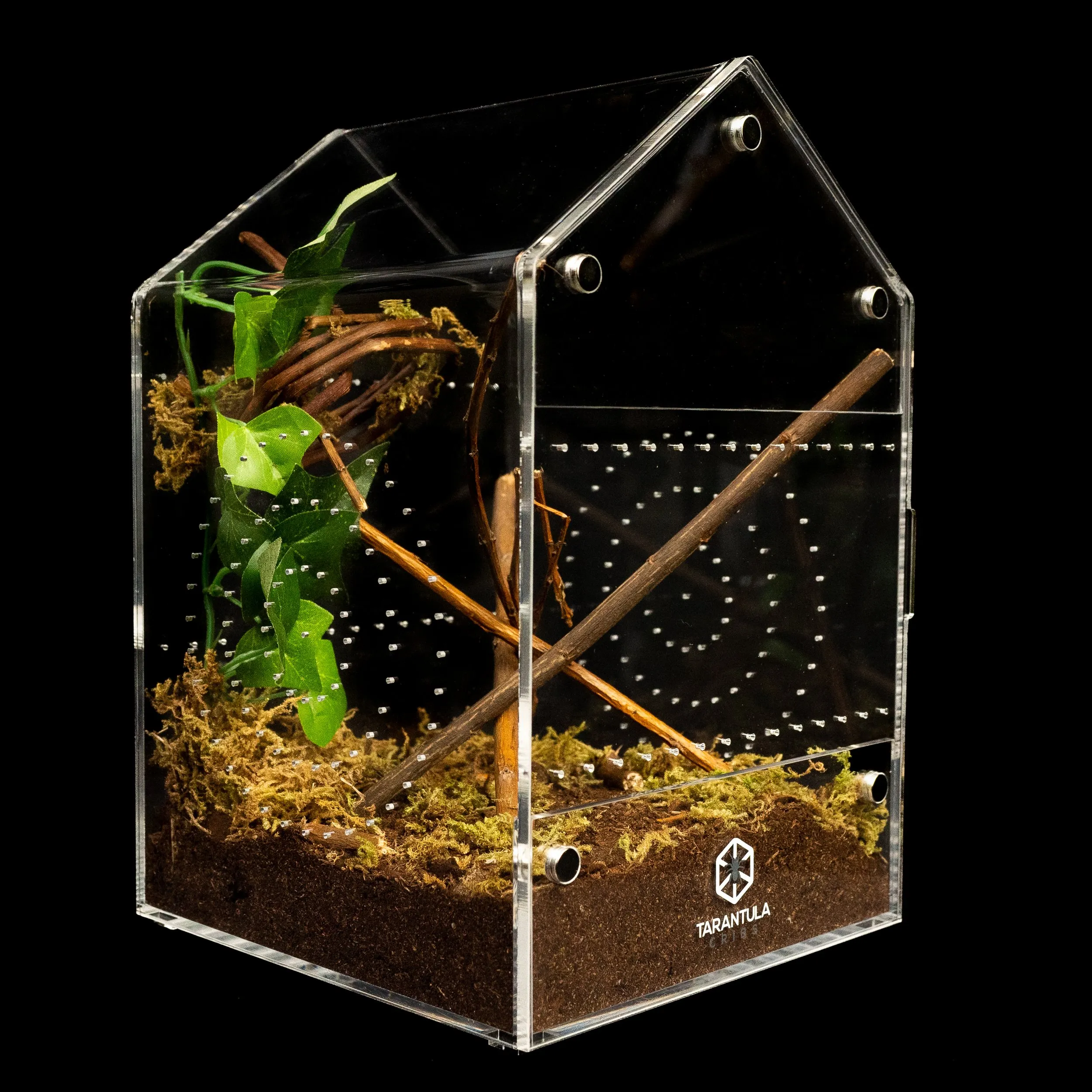
The label needs to leave no room for interpretation, clearly stating that the package contains a live animal. Include the scientific name of the tarantula to further avoid confusion. It should be impossible for anyone handling the package to misunderstand its contents. Write “Live Tarantula – Handle with Care” or a similar statement in large, bold letters on multiple sides of the package. Providing additional information such as the tarantula’s species will further aid handlers. Ensure all labels are printed clearly and attached securely to the shipping container. It’s also a good idea to write “Perishable” in a prominent location on the label, signifying that the contents are time-sensitive.
Shipping Company Selection
Choosing the right shipping company is a critical part of ensuring the safe delivery of your tarantula. Look for a company with experience in handling live animals. Research their policies and procedures for shipping these packages. Overnight or expedited shipping options are generally the best choice, as they minimize the time the tarantula spends in transit. Consider the shipping company’s tracking and notification services to monitor the package’s progress. Review customer reviews to understand the company’s reliability and the quality of their services. Make sure the shipping company delivers to the recipient’s address; some companies have restrictions on delivering to specific locations, particularly in remote areas.
Tips for Safe Tarantula Shipping
Beyond the physical preparation of the container and packaging, several other factors can significantly impact the safety of your tarantula. These are the best practices you need to follow when shipping a tarantula. These considerations include the tarantula’s health and preparation before shipment, along with post-shipping care once the tarantula arrives at its destination. Ignoring these can create unnecessary risk of harm and is not recommended. Make sure that you understand the requirements before even considering shipping your tarantula.
Acclimation and Feeding Before Shipping
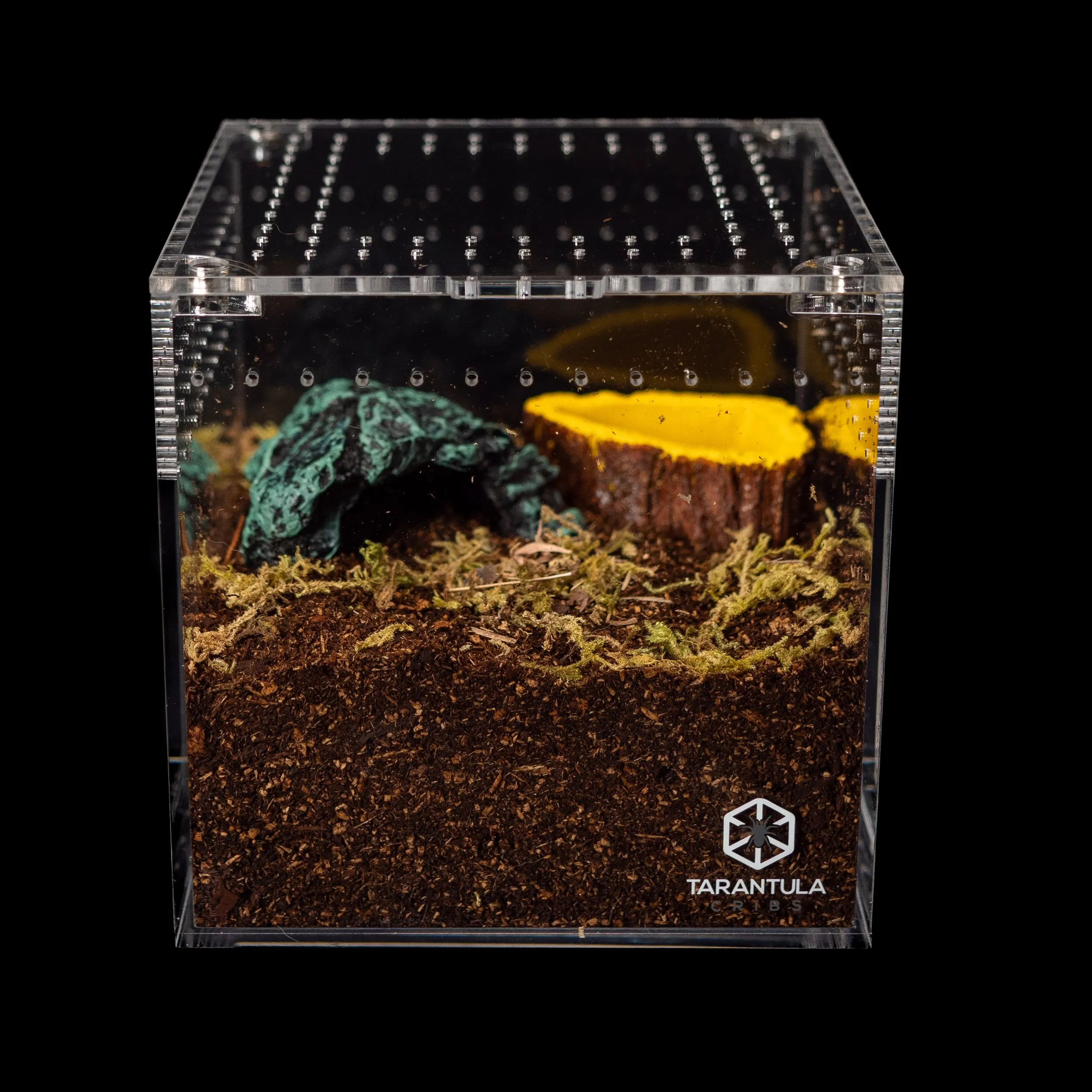
Before shipping, it’s critical to ensure the tarantula is healthy and well-fed. A healthy tarantula is more likely to withstand the stress of shipping. Inspect the tarantula for any signs of illness, injury, or parasites. Provide a final, substantial feeding a few days before shipping. This ensures the tarantula has adequate energy reserves for the journey. Avoid overfeeding, as this can increase the risk of the tarantula regurgitating its food during transit. Always verify that the tarantula is properly hydrated by providing a shallow dish of water and misting its enclosure a few days before shipping.
Pre-Shipping Fasting
Although the tarantula should be fed before shipment, it is also generally recommended to allow the tarantula to fast for a period before shipping. This helps to reduce the risk of the tarantula vomiting or defecating during transit, which could create an unsanitary environment within the container. Typically, a fasting period of 1-3 days is adequate. Observe the tarantula’s behavior to determine if it’s comfortable with this fasting period. Ensure that the tarantula has access to water during this pre-shipping fast.
Post-Shipping Care and Acclimation
Upon arrival, the recipient should immediately inspect the tarantula and the container for any signs of damage or stress. If everything appears to be in order, the tarantula should be carefully acclimated to its new environment. Do not immediately transfer the tarantula to its permanent enclosure. Place the shipping container in a quiet, dimly lit area and allow the tarantula to acclimate for several hours. Provide fresh water, but avoid feeding the tarantula immediately after the journey. Wait at least 24 hours before offering food. Closely monitor the tarantula’s behavior, looking for any signs of stress, dehydration, or other health issues. Be patient and allow the tarantula time to adjust to its new surroundings.
Monitoring Tarantula Health
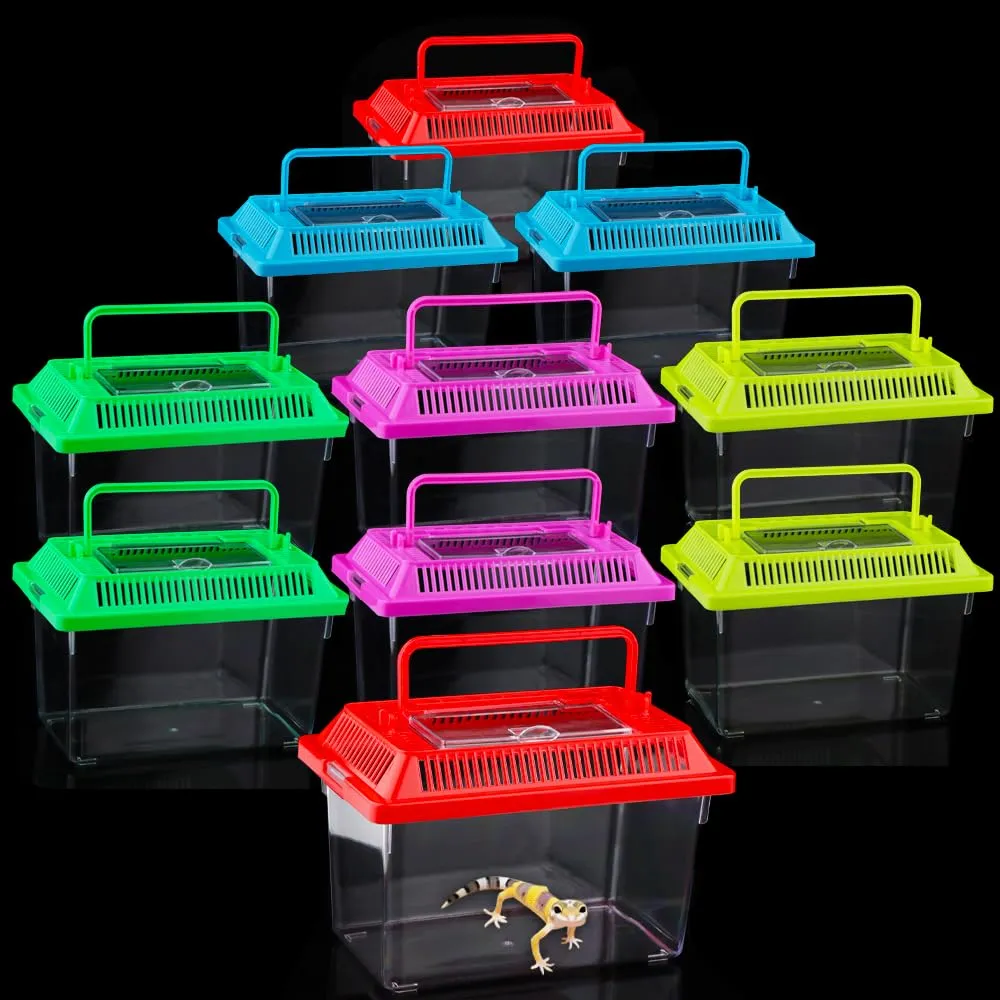
Regularly monitor the tarantula for any signs of illness or stress. Observe the tarantula’s behavior, appetite, and overall appearance. Look for signs of dehydration, such as wrinkled skin or a sunken abdomen. Monitor the tarantula’s feeding habits. A healthy tarantula will readily accept food. Check the enclosure for any signs of mold, pests, or other issues. Consult with a veterinarian experienced with tarantulas if you have any concerns about the tarantula’s health. Be prepared to adjust the enclosure conditions, such as humidity and temperature, if necessary to ensure the tarantula’s well-being.
